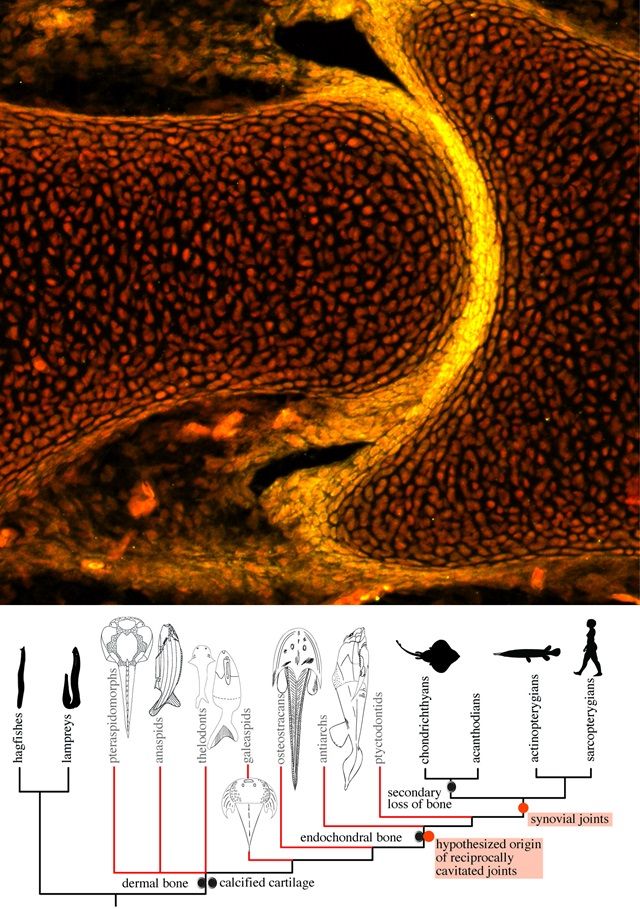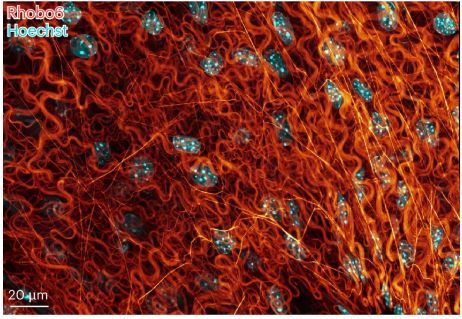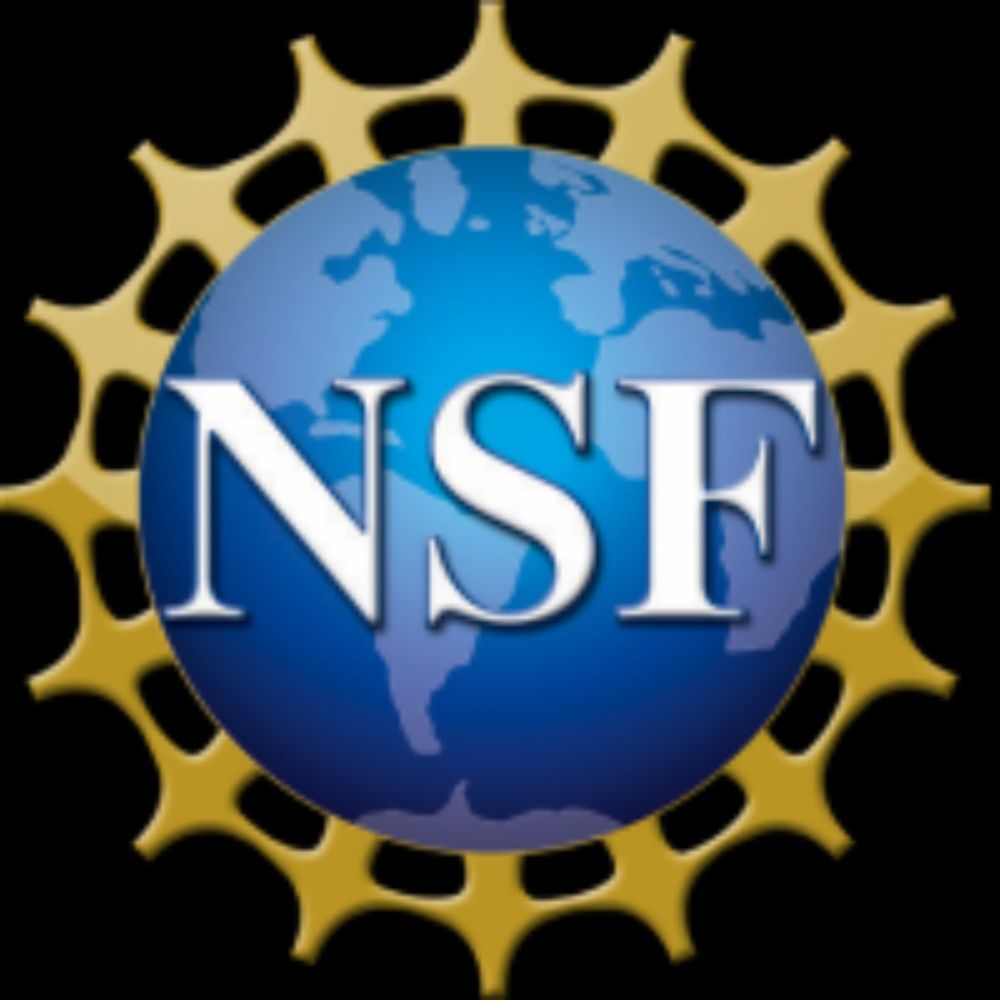Matteo Fabbri
@mfabbri.bsky.social
360 followers
310 following
5 posts
Assistant Professor
Center for Functional Anatomy and Evolution
Johns Hopkins University School of Medicine
Posts
Media
Videos
Starter Packs
Reposted by Matteo Fabbri
Gayani Senevirathne
@gayani.bsky.social
· Aug 27
Matteo Fabbri
@mfabbri.bsky.social
· Jul 9
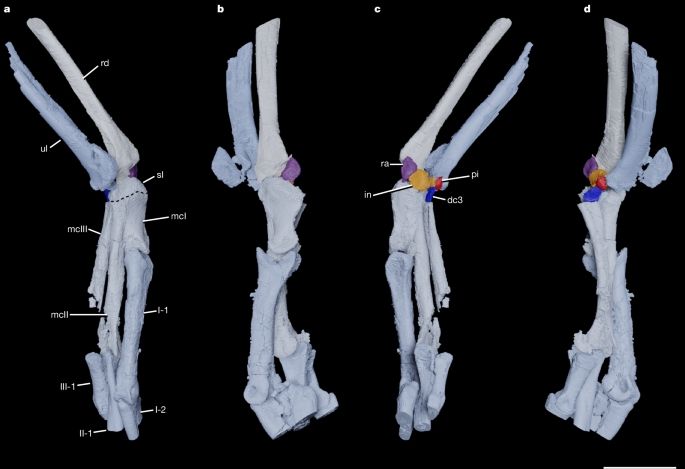
Reorganization of the theropod wrist preceded the origin of avian flight - Nature
The forelimbs of two Late Cretaceous theropod dinosaurs show the presence of the pisiform bone, previously thought to have been lost early in theropod evolution and regained in birds during the evolut...
www.nature.com
Reposted by Matteo Fabbri
Matteo Fabbri
@mfabbri.bsky.social
· May 21

The origin of vertebrate teeth and evolution of sensory exoskeletons - Nature
Re-examination of the presumed Cambrian fossil fish Anatolepis reveals previous misidentification of aglaspidid sensory structures as dentine, a vertebrate sensory tissue, showing it to be a...
www.nature.com
Matteo Fabbri
@mfabbri.bsky.social
· May 14

Chicago Archaeopteryx informs on the early evolution of the avian bauplan - Nature
Analysis of the 'Chicago' Archaeopteryx, a nearly complete and uncrushed specimen, reveals details of the skeleton, soft tissues and plumage of this taxon, providing information on the evolution to av...
www.nature.com
Reposted by Matteo Fabbri
Neelima Sharma
@neelimasharma.bsky.social
· Feb 26
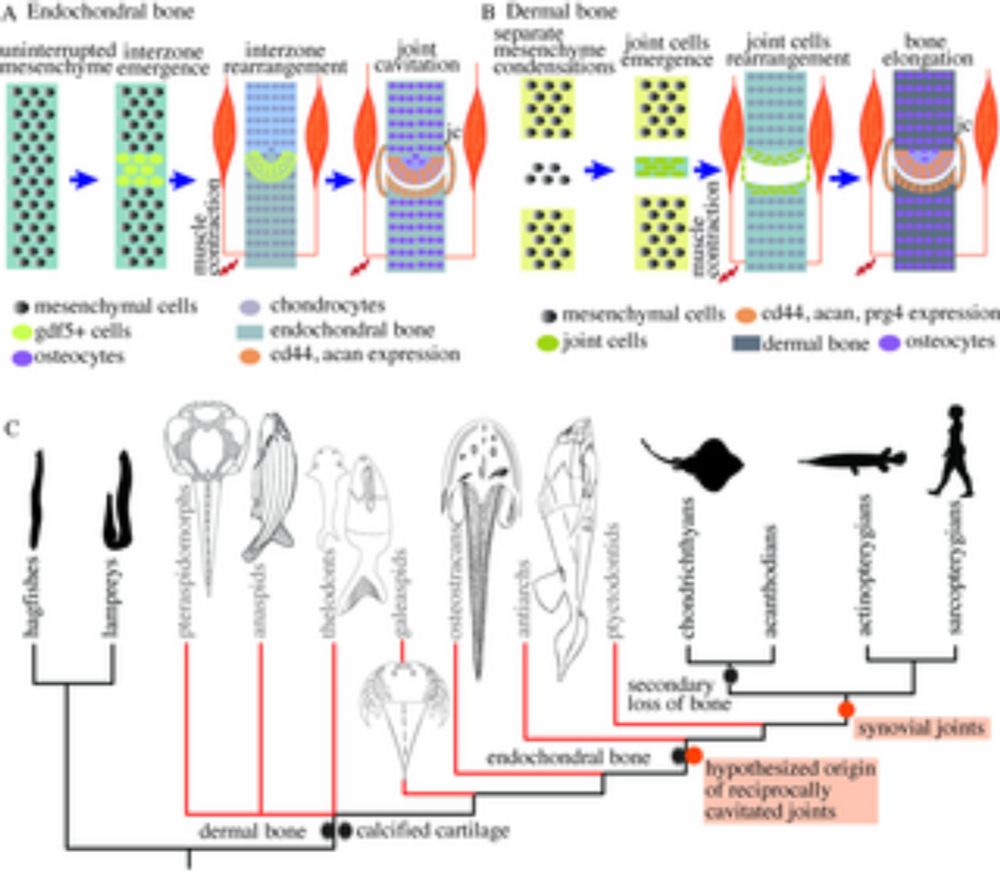
Synovial joints were present in the common ancestor of jawed fish but lacking in jawless fish
Synovial joints are characterized by lubricated articular surfaces separated by a cavity, providing mobility and load-bearing, but when did they evolve? This comparative and developmental study reveal...
plos.io
Reposted by Matteo Fabbri
Reposted by Matteo Fabbri
Reposted by Matteo Fabbri
Kim Cooper
@ucsdcooperlab.bsky.social
· Feb 21
James Briscoe
@jamesbriscoe.bsky.social
· Feb 21
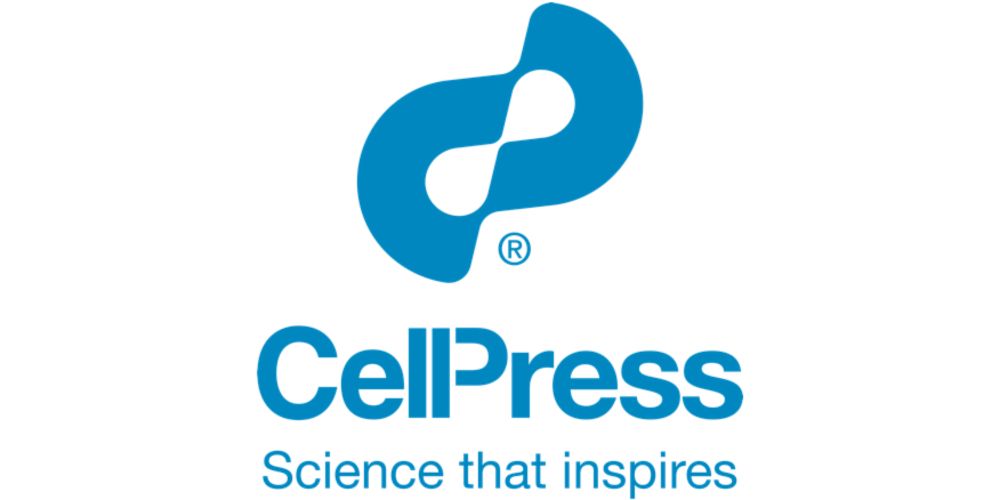
Should biology put complexity first?
The dictum “Everything should be made as simple as possible, but no simpler” poses
a problem for biology. How simply can it be told without doing damage to its complex
nature? The answer might be foun...
www.cell.com
Reposted by Matteo Fabbri
Kim Cooper
@ucsdcooperlab.bsky.social
· Feb 13

UC San Diego Biologist and Collaborators Receive $1 Million Keck Award
A multi-institutional research team that includes UC San Diego biologist Kim Cooper has been awarded a $1 million grant from the W.M. Keck Foundation to study the role of inflammation in animals, whic...
today.ucsd.edu
Reposted by Matteo Fabbri
Neil Shubin
@neilshubin.bsky.social
· Feb 8
Reposted by Matteo Fabbri
Reposted by Matteo Fabbri
Reposted by Matteo Fabbri
Joe Keating
@evopalaeo.bsky.social
· Jan 29

Quantifying the configurational complexity of biological systems in multivariate ‘complexity space’ | Journal of The Royal Society Interface
An increasing number of evolutionary studies seek to quantify the morphological complexity
of organisms, particularly those comprising serially homologous elements at different
hierarchical levels of ...
royalsocietypublishing.org
Reposted by Matteo Fabbri
Reposted by Matteo Fabbri
Reposted by Matteo Fabbri
Miki Ebisuya
@ebisuyamiki.bsky.social
· Jan 24

Metabolic activities are selective modulators for individual segmentation clock processes - Nature Communications
Metabolism has been considered an attractive candidate as a global modulator of the tempo of multiple developmental processes, including somite segmentation timing. Here they demonstrate that metaboli...
www.nature.com
Reposted by Matteo Fabbri
Reposted by Matteo Fabbri
Reposted by Matteo Fabbri
J Pardo
@jdpardo.bsky.social
· Jan 18

Sonic hedgehog and fibroblast growth factor 8 regulate the evolution of amniote facial proportions - Communications Biology
The function of two genes, Sonic hedgehog and Fibroblast growth factor 8, have changed greatly during amniote facial evolution. The expression of these genes can explain variation in the proportion of...
www.nature.com
Reposted by Matteo Fabbri


